I have a data frame that simulates the NFL season with 2 columns: team and rank. I am trying to use ggridges to make a distribution plot of the frequency of each team at each rank from 1-10. I can get the plot working, but I'd like to display the count of each team/rank in each bin. I have been unsuccessful so far.
ggplot(results,
aes(x=rank, y=team, group = team)) +
geom_density_ridges2(aes(fill=team), stat='binline', binwidth=1, scale = 0.9, draw_baseline=T) +
scale_x_continuous(limits = c(0,11), breaks = seq(1,10,1)) +
theme_ridges() +
theme(legend.position = "none") +
scale_fill_manual(values = c("#4F2E84", "#FB4F14", "#7C1415", "#A71930", "#00143F", "#0C264C", "#192E6C", "#136677", "#203731"), name = NULL)
Which creates this plot:
I tried adding in this line to get the count added to each bin, but it did not work.
geom_text(stat='bin', aes(y = team + 0.95*stat(count/max(count)),
label = ifelse(stat(count) > 0, stat(count), ""))) +
Not the exact dataset but this should be enough to at least run the original plot:
results = data.frame(team = rep(c('Jets', 'Giants', 'Washington', 'Falcons', 'Bengals', 'Jaguars', 'Texans', 'Cowboys', 'Vikings'), 1000), rank = sample(1:20,9000,replace = T))


